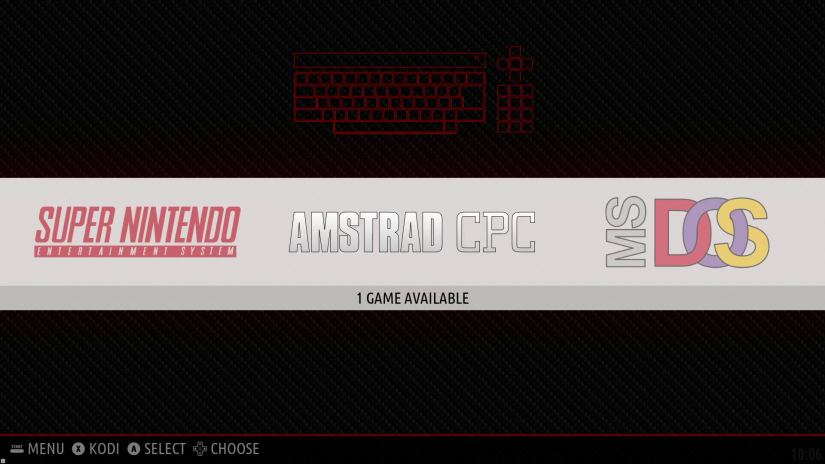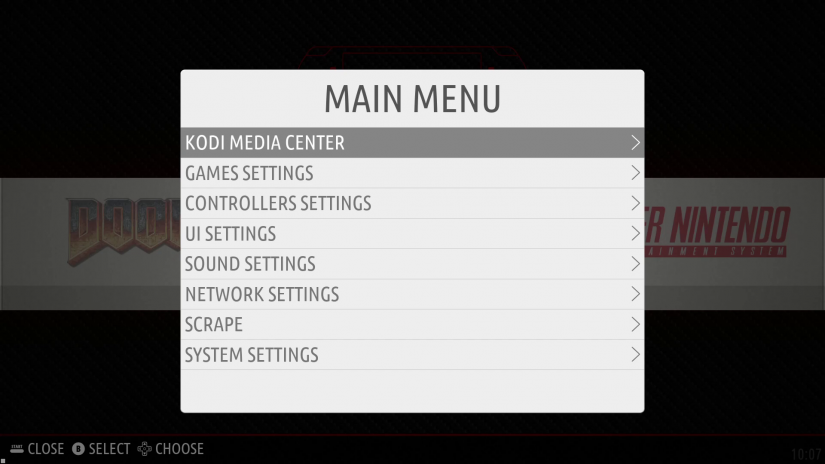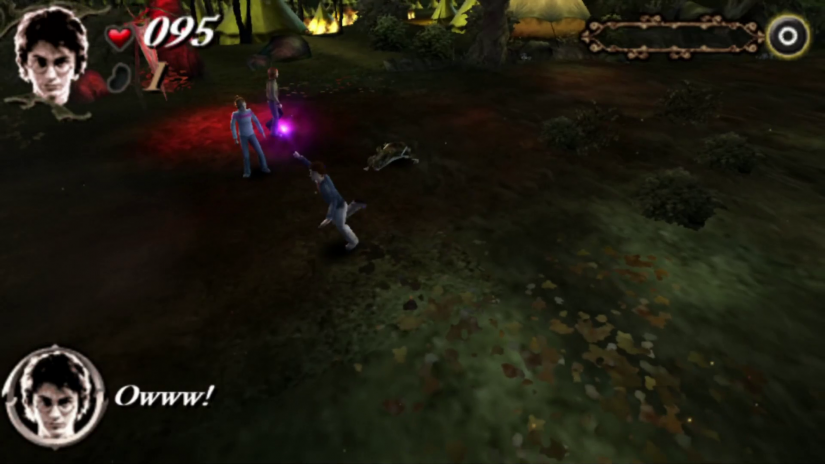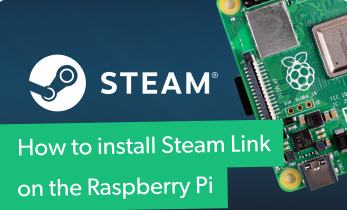Batocera Linux on the RockPro64 - RockPro64 Gaming OS Install and Review
There's no shortage of single-board computers (SBCs) on the market. The RockPro64 from Pine 64 is a Rockchip RK3399-powered maker board with a Mali T-860 quad-core GPU. With its combination of GPU and CPU, the RockPro64 offers robust emulation capabilities. One of the top retro gaming operating systems (OSes) is Batocera, an easy-to-use Linux-based emulation platform. Learn how to run Batocera Linux on the RockPro64 for an awesome RockPro64 gaming OS and home theatre PC (HTPC).
What is the Pine64 RockPro64?
The RockPro64 is a maker board from Pine64. It's a beefy SBC with a hexa-core Rockchip RK3399 system-on-a-chip (SoC) featuring dual ARM Cortex A7s and quad ARM Cortex A53 processors. Its Mali T-860 quad-core GPU delivers superb graphics performance, and there's up to 4Gb of DDR4 RAM. A microSD card slot or eMMC module allow for operating installations. Input/output (I/O) ports include a USB 3.0 type C, USB 3.p, and two USB 2.0 headers. Although Wi-Fi and Bluetooth aren't onboard, the RockPro64 does boast Gigabit Ethernet.Pine64 RockPro64 specs:
- Rockchip RK3399 Hexa-Core (dual ARM Cortex A72 and quad ARM Cortex A53) processor
- MALI T-860 Quad-Core GPU
- eMMC slot
- microSD card slot
- 1 x USB 3.0 Type C
- 1x USB 3.0 type A
- 2x USB 2.0 Host
- Gigabit Ethernet
- PI-2 GPIO Bus
- eDP interface
- MiPi DSI interface
- Touch panel interface
- Stereo MiPi CSI interface
What is Batocera Linux?
Batocera is a Linux-based retro gaming operating system. It's available for several systems including the Raspberry Pi, x86 PCs, Odroid XU4, Odroid C2, S905, and the RockPro64. Because of its powerful hardware, the RockPro64 is a solid choice for retro gaming. Batocera supported systems include the PlayStation Portable (PSP) and Nintendo 64 (N64) systems which run much slower on boards cush as the Raspberry Pi 3 B+. Even the Odroid XU4 isn't as capable as the RockPro64. Still, a few systems which run under Batocera on the Raspberry Pi don't run on the RockPro64. For instance, you won't find Amiga 500, Amiga 500+, Amiga 1200, Amiga 4000, Amiga CDTV, Apple II, Atari ST, ColecoVision, or Dreamcast support. Aside from retro gaming emulation, Batocera on the RockPro64 supports the open-source Kodi media centre for home theatre PC (HTPC) use.RockPro64 Batocera Linux supported systems:
- Amstrad cpc
- Atari 2600
- Atari 7800
- CaveStory
- Commodore 64
- FDS (Family Disk System)
- Final Burn Alpha
- Game & Watch
- Game Boy Color
- Game Gear
- Game Boy
- Game Boy Advance
- Jaguar
- Lutro
- Lynx
- Mame
- Master System
- Megadrive
- MSX 1-2-2+
- MSX1
- MSX2+
- Neo Geo
- Neo Geo CD
- Neo Geo Pocket B&W
- Neo Geo Pocket Color
- Nintendo
- Nintendo 64
- Odyssey 2
- Dos
- PC Engine
- PC Engine CD
- Playstation
- Playstation portable
- PR Boom
- Scumm VM
- Sega 32 X
- Sega CD
- Sega SG 1000
- Super Nintendo
- Supergrafx
- Vectrex
- Virtual Boy
- Wonderswan B&W
- Wonderswan Color
- ZX Spectrum
- ZX81
- Kodi
How to Install Batocera on the RockPro64
Before installing Batocera Linux on the Pine64 RockPro64, you'll need a few items. First, and probably most obvious, there's the RockPro64 board itself. You'll need an appropriate power supply (PSU), and though it's certainly not required, a case is recommended. I used the Roshambo retro gaming case for the RockPro64, a Super Famicom-styled game shell for the RockPro64, therefore adding a retro flair to my Batocera RockPro64 set up. As for peripherals, you need a keyboard, mouse, and game controller. For boot medium, a microSD card or eMMC module is necessary. On the software side, you'll need image extraction software like 7Zip, and an image mounting program like Etcher. Finally, an active internet connection remains a must for any updates and scraping ROMs, either through Ethernet or via Wi-Fi with the optional Wi-Fi/Bluetooth dongle.Total cost: $80+ USD. The RockPro64 4GB retails for $80 USD, and any extras such as a case, microSD card, eMMC module, and power supply are extra.
Installing Batocera on the RockPro64
Begin by heading to the Batocera Linux website and downloading the appropriate installer for your RockPro64 board. Since it's an img.gz file, you'll need to decompress the Batocera image with a program such as 7Zip.Once that's finished, mount the Batocera IMG to a microSD card or eMMC module using an app like Etcher. When burning completes, pop your boot medium into your RockPro64 board and power it on.
Batocera Linux for the RockPro64 Post Installation
After booting into Batocera, you'll probably want to make a few tweaks. It's best to sign into your Wi-Fi network if using wireless networking instead of Ethernet. Hit Start > Network Settings and toggle Enable WiFi to On. Then, head to WiFi SSID and enter your network name. Under WiFi password, enter your network password. You can select from an external or internal drive by navigating to Start > System Settings > Storage Device.Scraping your ROMs will add lovely box art and metadata, something I highly recommend. Head to your scraper by pressing Start, then click Scraper and choose where you want to scrape from whether to include ratings, which systems to scrape, if you want to be asked for each entry before scraping, then scrape your ROMs.
Batocera on the RockPro64 Review
 On the RockPro64, the layout looks nearly identical to RetroPie. It's the same default theme, but with a few tweaks. First, there's frontend music enabled by default, and like Recalbox under the main menu, there's an easy menu entry for running ROMs off of an external drive. As such, Batocera for the RockPro64 is similar to a fusion of RetroPie and Recalbox.
On the RockPro64, the layout looks nearly identical to RetroPie. It's the same default theme, but with a few tweaks. First, there's frontend music enabled by default, and like Recalbox under the main menu, there's an easy menu entry for running ROMs off of an external drive. As such, Batocera for the RockPro64 is similar to a fusion of RetroPie and Recalbox.
















































Leave your feedback...